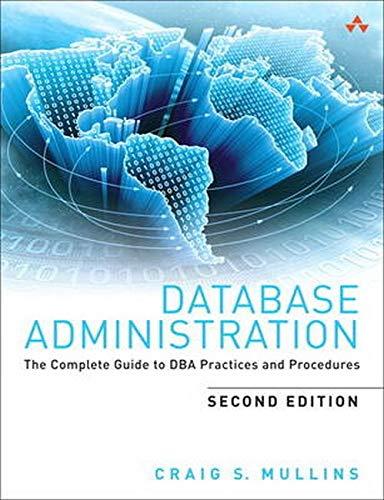Question
Use PYTHON this program recreates the game minesweeper if the function. ask for one argument please put only one argument initMines() - This function takes
Use PYTHON
this program recreates the game minesweeper if the function. ask for one argument please put only one argument
initMines() - This function takes zero arguments and returns a grid (i.e. a 2D list) with randomly placed mines. The size of the grid should be a global constant called GRIDSIZE (where both the number of rows and columns equal GRIDSIZE). The grid will be filled with either empty strings ("") or mines ("x"). For each cell in the grid there should be a 1 in 10 chance of placing a mine. (If you would like, this too can be a global constant making it a 1 in MINECHANCE chance of placing a mine. For submission, please set this constant to 10). This function initMines() has already been done
initBoard() - This function takes zero arguments and returns a grid (ie. a 2D list) representing the player's game board. Initially all cells in the game board should be unrevealed ("#"). The size of the game board should be the same as the size of the grid of mines. This function initBoard() has already been done
displayBoard() - This function takes a 2D grid representing the player's game board as argument and prints it to the screen. The printout of the board should include row and column labels (see examples below). You may assume that GRIDSIZE will always be a number in the range [2-10].
countHiddenCells() - This function takes a 2D grid representing the player's game board as argument and returns the number of cells in the board that are unrevealed ("#"). Initially this will be all of them, but as the game progresses this value should get smaller and smaller with each turn.
countMines() - This function takes a 2D grid representing the minefield as argument and returns the number of cells in the grid that contain mines. This value should not change once the minefield is initialized.
isMineAt() - This function takes as arguments, a 2D grid representing the minefield and two integers representing a row and column respectively, and returns True if the cell indicated by the row and column contains a mine in the grid, and False otherwise. This function should validate the inputted row and column values to ensure that they are on the gameboard, and return False if they are not.
countMinesAround() - This function takes as arguments, a 2D grid representing the minefield and two integers representing a row and column respectively, and returns the number of mines in adjacent cells. Adjacent cells are the 8 cells surrounding the provided cell, including diagonals, as illustrated in the figure to the rig
I need help with the last 5 :displayBoard(), countHiddenCells() , countMines(), isMineAt(), countMinesAround()
Example of Final game:
Game won with GRIDSIZE: 5
> python minesweeper.py |01234 ------- 0|##### 1|##### 2|##### 3|##### 4|##### Select a cell (row,col) > 1,1 |01234 ------- 0|##### 1|#2### 2|##### 3|##### 4|##### Select a cell (row,col) > 3,3 |01234 ------- 0|##### 1|#2### 2|##### 3|###1# 4|##### Select a cell (row,col) > 0,4 |01234 ------- 0|####1 1|#2### 2|##### 3|###1# 4|##### Select a cell (row,col) > 4,0 |01234 ------- 0|####1 1|#2111 2|11 3| 11 4| 1# Select a cell (row,col) > 0,2 |01234 ------- 0|##1#1 1|#2111 2|11 3| 11 4| 1# Select a cell (row,col) > 0,1 |01234 ------- 0|#21#1 1|#2111 2|11 3| 11 4| 1# YOU WIN!!
Step by Step Solution
There are 3 Steps involved in it
Step: 1

Get Instant Access to Expert-Tailored Solutions
See step-by-step solutions with expert insights and AI powered tools for academic success
Step: 2

Step: 3

Ace Your Homework with AI
Get the answers you need in no time with our AI-driven, step-by-step assistance
Get Started


